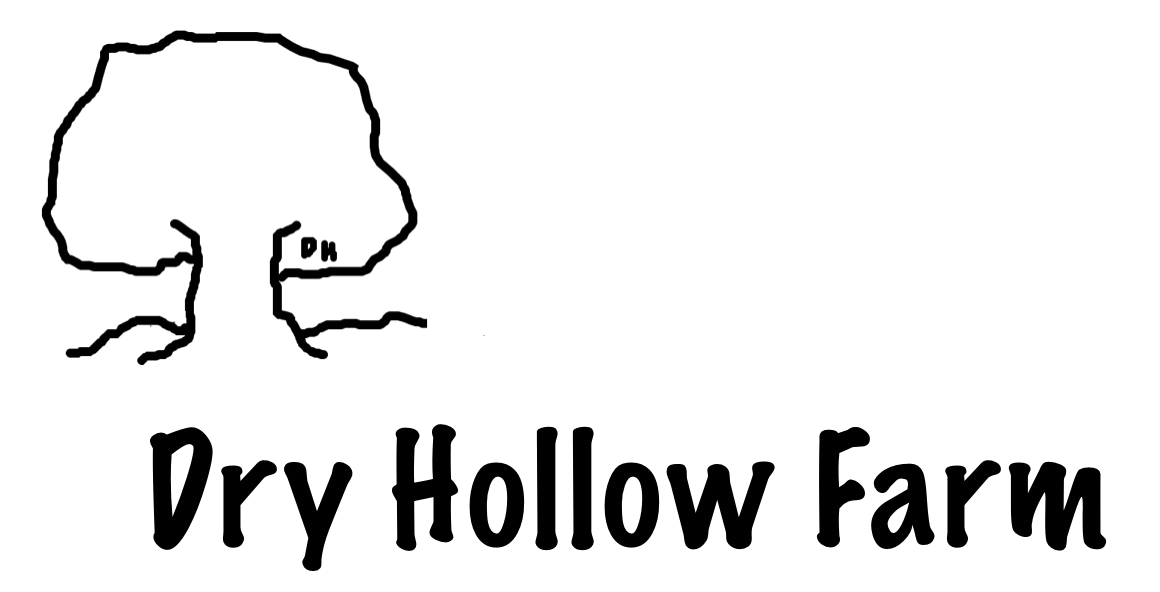Sheep-Shearing Drama
For ten years, we raised Jacob sheep. This is an heirloom breed of sheep, providing both meat and wool for the shepherding farm. Jacobs will not provide as many pounds of meat per animal as true meat breeds, but artisan crafters value the coarse Jacob wool for hand-spinning, knitting, and felting.
Although Jacob sheep are technically a hair sheep, which means they lose their fleece throughout summer months, most owners shear their animals in the spring.
We quickly admit that we did not shear our own sheep, but instead hired professional, experienced shearers for this event. Why? If we plan to sell or use the wool, then we need an experienced hand with the shearers to limit haphazard or second cuts that reduce the value of the fleece. Time is also a consideration as a professional will take around five minutes per animal when using electric clippers.
One important rule of owning a small farm - recognize and acknowledge your limitations. Shearing our own flock of twenty or more sheep would leave us with bags of cut-up wool, nicked animals, and weeks of expended hours.
Our annual shearing days are exhausting affairs as we corral and pull every member of the flock one by one for the shearer’s attention. Needless to say, the sheep are agitated and wary of our attentions, so we always end the day with a full complement of sore muscles and bruises.
Because we live in the age of social media, we usually post photos and videos of our sheep-shearing activities. Inevitably, a handful of well-meaning viewers comment on the “cruelty” of sheep-shearing. I am very certain the day is more stressful for us than for the flock!
First, sheep-shearing is important for the health of the sheep (even our hair sheep). Western Tennessee experiences hot, humid summers, and thick sheep wool traps additional heat. Shearing is part of the cooling process as well as a general cleaning of wool that has spent twelve months trapping debris and dirt (we do not blanket our animals with protective coats). This is especially important for the britch area.
Second, although an experienced shearer may occasionally nick the skin while removing the fleece, he or she removes the fiber with one pass close to the skin. The process is quick and organized.
Third, although the sheep is yelling its fool head off while being caught and held for the shearer, they are not being hurt. Their stress derives from the fear of separation from the herd, not from pain. The uneducated video watcher assumes (see previous post) an anthropomorphic explanation for all of the drama.
Fourth, most sheep become calm when flipped onto their hindquarters to begin the shearing process. As the shearer flips the animal from one side to another in order to reach every section of fleece, it remains still and sedate.
Fifth, no - it would not be advisable to sedate the animal for shearing (as one precious social media follower suggested). Sedatives are very dangerous for sheep and goats, and only recommended for necessary medical procedures (which many vets will not undertake because of the dangers of anesthesia).
Shearing day is always an exhausting (for both us and the flock) but necessary day at Dry Hollow Farm! Once complete, we have a barn loft full of bags of fleece awaiting further attention …
Dr. Kathryn Bush owns and operates Dry Hollow Farm, a working goat and sheep farm in Huntingdon, Tennessee. Together with her husband, Russell, she creates skincare products from their fresh goat milk, grows organic herbs, welcomes visitors to their two cabins on the farm (available for stays through Airbnb), keeps the farm’s on-site soap shop stocked with their handcrafted products, and enjoys working the farm in company with their Great Pyrenees dogs (who work hard guarding the animals). Check out their natural products featuring farm-grown ingredients here, and sign up for the Dry Hollow Farm newsletter to stay in touch and be the first to hear about farm news, events, and new products.
